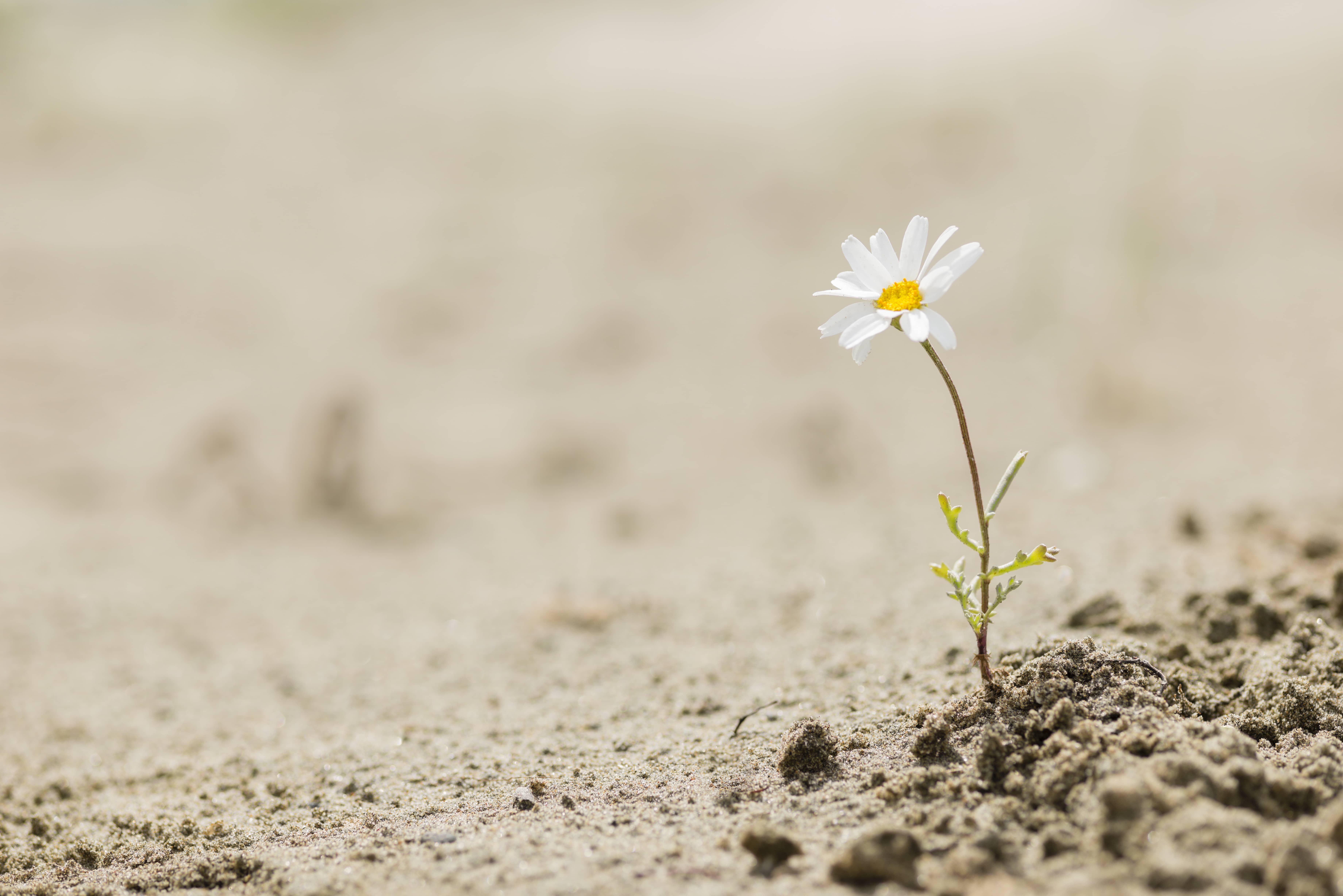


By: Darla Steiner
Resilience is the ability to bounce back from the stress and strife that life invariably presents to us all. It is not an elusive quality bestowed on some fortunate few who seem to thrive against the odds. It is an essential life skill that takes effort to hone and apply. Given our modern lifestyles, fraught with rising stress, anxiety, and depression levels, it seems we can all use some help with building our resilience muscles. According to the World Health Organization in 2018, globally, more than 300 million people of all ages suffer from depression. Perhaps those who might need this help the most, however, are the youngest members of our society, our children.
While we may tend to view childhood as a carefree, innocent time, the truth is many children are exposed to a scope of traumatic circumstances that range anywhere from fires, floods, natural disasters, and car accidents, to domestic abuse and community violence, to bullying and crime, to lack of adequate food, clothing, health care, and shelter, and even to tragedies such as mass shootings. No socioeconomic, racial, cultural, religious, or ethnic group is immune to such potential sources for toxic stress, and our children, with their newly developing bodies and brains, may be even more vulnerable and susceptible to its long term, harmful effects than we have ever fully realized before.
As researchers are learning more and more about the “biology” of stress, it is better understood that hormones that are released in the body during times of great stress can actually wreak havoc on a child’s developing nervous system in ways that can put them “at a greater risk for disease, homelessness, prison time, and early death”. According to Drs. Robert Anda and Vincent Felitti, who got together to publish a study in 1998 on Adverse Childhood Experiences (ACEs), traumatic stress experienced in childhood usually leads to a whole host of illnesses and self-destructive behaviors later in life, from eating disorders, to heart disease, to cancer and suicide. They further discovered that ACEs are quite common. During their study, they found that 2 out of 3 respondents to their research survey had been subject to at least one ACE, from a list of 10 different kinds of adversity grouped within abuse, neglect, and household dysfunction.
Given these striking correlations, it is easy to fall into despair, thinking that one’s future is pre-ordained by experiences that occur early in one’s life and are out of one’s control. However, this is where resilience comes in. For adults, especially parents and those who work with young children, forewarned is forearmed. Support from a child’s family, community, and school can do much to change the perspective for a youngster in the throes of adversity.
Those of us who care for children must create safe havens for them. We can do this by starting with ourselves and engaging in regular self-reflection, considering the experiences and biases that inform our current feelings, beliefs, attitudes, and practices. This could mean facing our own ACEs, to see how they color our interactions with ourselves and others. Practicing building our own resilience and role modeling it for our children is a highly effective approach for teaching them.
Early childhood educators can be trained in how to develop trauma-informed environments for children that empower resilience, but all adults can also help. To start, we need to learn what the potential symptoms of trauma look like. They are often mistaken as misbehavior and treated as disciplinary problems. According to Laura J. Colker, president of L.J. Colker & Associates, Washington, DC. and early childhood consultant and curriculum developer, signs may include: (1) fearfulness, clinginess, or unusual separation anxiety or fear of being alone; (2) regression to outgrown behaviors, such as thumb-sucking; (3) recreation of traumatic experiences in play; (4) increased aggression or acting out.
Additionally, we need to carefully observe, get to know, and really connect with each child individually. Only then can we learn to identify how an adversity is impacting his or her life and then help them de-escalate when triggered by a reminder of the trauma they have experienced. When a child is anxious, then implementing techniques such as deep breathing, helping children orient to their surroundings to feel safe, and assisting children with identifying and engaging in activities they find calming are just a few ways adults can make a compassionate connection and help a child bounce back from toxic stress.
We can also create culturally rich and peaceful environments for children that acknowledge and honor diversity so that they can feel safe, welcome, and, thus, able to develop emotional attachments with the adults in the environment. We can pursue activities that help children learn about the various cultures represented in their community. Using children’s literature can help open discussions about people from different cultural backgrounds, how they see the world, how they develop relationships, and how they resolve conflict. There are many to choose from, but one example is The Day the Crayons Quit, by Drew Daywalt, illustrated by Oliver Jeffers. Literature enables children in relating to and empathizing with characters in the story, seeing and hearing about people, places, and things they might not ordinarily experience, and engaging in creative problem solving, all of which can be powerful tools for building positive alternatives to trauma and supporting resilience.
Indeed, understanding that toxic stress is at the root of so many challenging and unhealthy behaviors can add insightful opportunities for all of us to help one another to refresh, reset, and rebound from adversity. While we cannot shield children from potential sources of adversity, warm, consistent, caring responses can be the antidote to toxic stress and help improve long-term outcomes for children and for future generations.





